DNA yields mixed results
NORWICH — Witnesses for the prosecution in murder trial of Ganesh R. Ramsaran continued Monday where forensic scientists took the stand to identify blood found in the Ramsaran’s home and minivan.
While numerous samples were collected from the Ramsaran’s Sheff Road home when New York State Police searched it in December 2012, many of the swabs did not match the DNA of the late Jennifer Ramsaran.
Ganesh R. Ramsaran is accused of killing his wife, and Chenango County District Attorney Joseph McBride said the circumstantial evidence will show the jury that Ramsaran murdered his wife in their home early in the morning on Dec 11, 2012, covered up the crime in their home, dumped her body in Pharsalia, placed her iPhone on Moon Hill Road in Plymouth, dropped her van at Plank Road Manner Apartments in Norwich, and then ran to the Norwich Family YMCA — where McBride said Ramsaran made sure he told various people that his wife was shopping in Syracuse.
Ramsaran reported his wife missing the evening of Dec. 11, 2012, and voluntarily provided information — including computers, his phone, and other electronics — to authorities.
According to witness testimony, Ramsaran told police that after Jennifer left on a shopping trip between 10:30 and 11 a.m., he ran down to the YMCA, and explained the route he took. Prior testimony does not show Ramsaran on video footage from various businesses along that route.

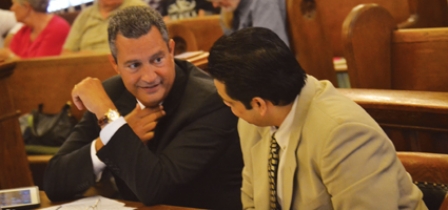

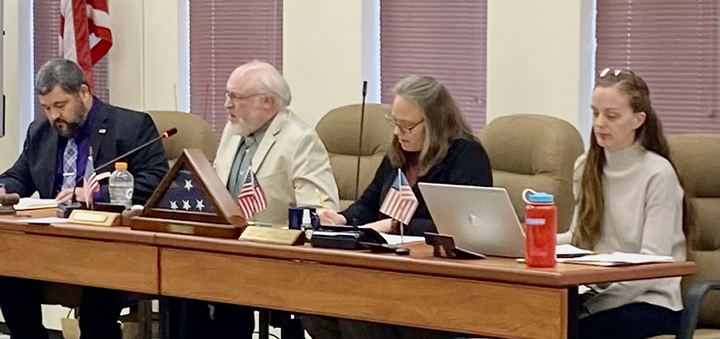
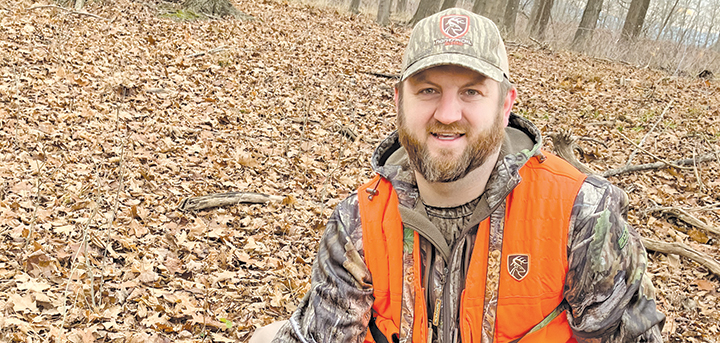

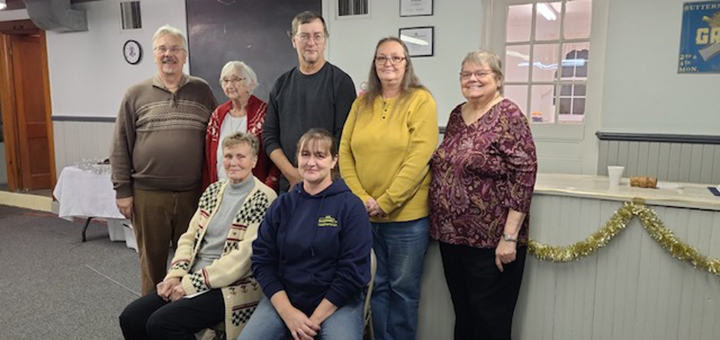

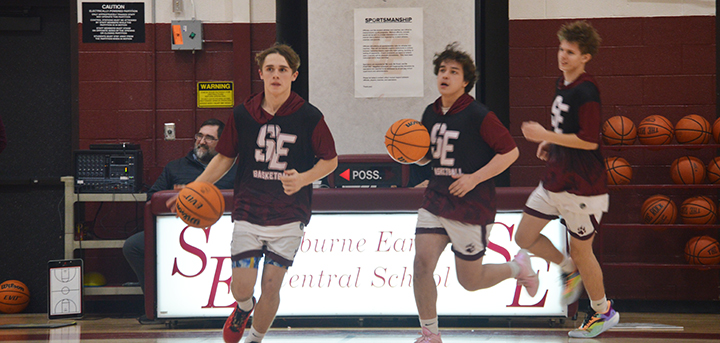

Comments